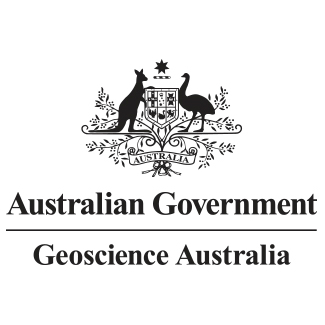Brief description
This dataset contains hardness prediction data from seabed mapping surveys on the Van Diemen Rise in the eastern Joseph Bonaparte Gulf of the Timor Sea. The survey was conducted under a Memorandum of Understanding between Geoscience Australia (GA) and the Australian Institute of Marine Science (AIMS) in two consecutive years 2009 (GA survey number GA-0322 and AIMS survey number SOL4934) and 2010 (GA survey number GA-0325 and AIMS survey number SOL5117). The surveys obtained detailed geological (sedimentological, geochemical, geophysical) and biological data (macro-benthic and infaunal diversity, community structure) for the banks, channels and plains to investigate relationships between the physical environment and associated biota for biodiversity prediction. The surveys also provide Arafura-Timor Sea, and wider northern Australian marine region context for the benthic biodiversity of the Van Diemen Rise. Four study areas were investigated across the outer to inner shelf. Refer to the GA record 'Methodologies for seabed substrate characterisation using multibeam bathymetry, backscatter, and video data: A case study for the Eastern Joseph Bonaparte Gulf, Northern Australia' for further information on processing techniques applied (GeoCat: 74092; GA Record: 2013/11).Lineage
Maintenance and Update Frequency: asNeeded
Statement: A prediction-based classification is produced using the Random Forest method based on bathymetry, backscatter data and their derivatives, with support from video and sediment data. Results from the clustering method of hard and soft seabed types yielded classification accuracies of 78 - 87% when evaluated against seabed types as observed in underwater video. The prediction-based approach achieved a classification accuracy of 92% based on 10-fold cross-validation. For this result, the p-value of hard substrate was the most important predictor, highlighting the significance of the angular backscatter response curves in predicting seabed hardness. The Random Forest method identified seabed slope as a factor influencing hardness. Based on the strong performance of the predictive model, the Random Forest was also used to predict the distribution of hard and soft seabed types across the four study areas.
Issued: 2013
text: westlimit=129.451; southlimit=-12.287; eastlimit=130.063; northlimit=-10.285
Subjects
AU-NT |
Backscatter Grid |
Earth Sciences |
Geology |
Marine Data |
Marine Geoscience |
NERP |
Published_External |
backscatter |
bathymetry |
geoscience |
geoscientificInformation |
marine |
multibeam |
User Contributed Tags
Login to tag this record with meaningful keywords to make it easier to discover
Other Information
Download the file (ArcGIS-grid)
Identifiers
- DOI : 10.4225/25/562EC8C8BED38

- URI : pid.geoscience.gov.au/dataset/ga/76401

- global : de8c94af-9419-5de5-e044-00144fdd4fa6


